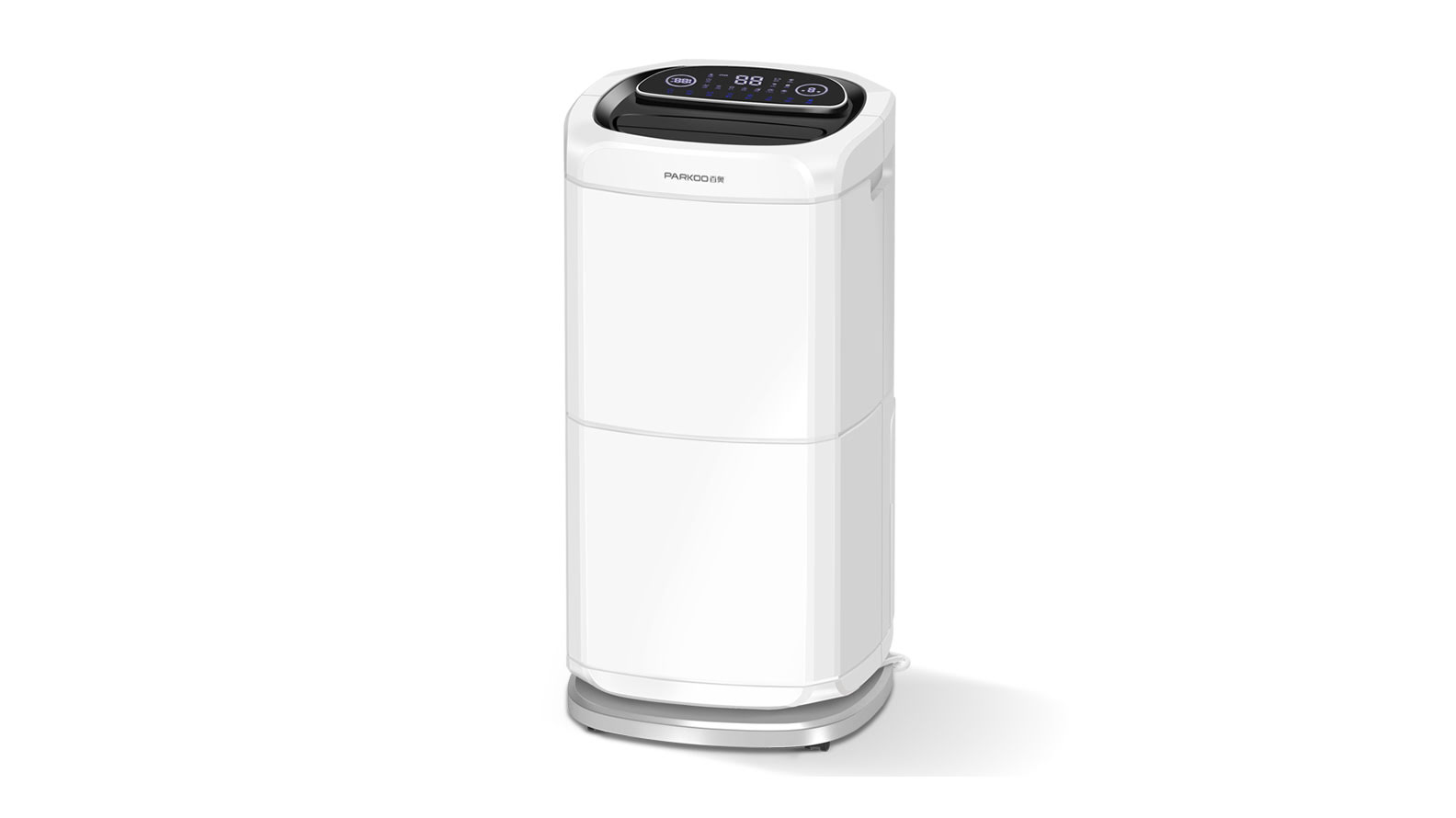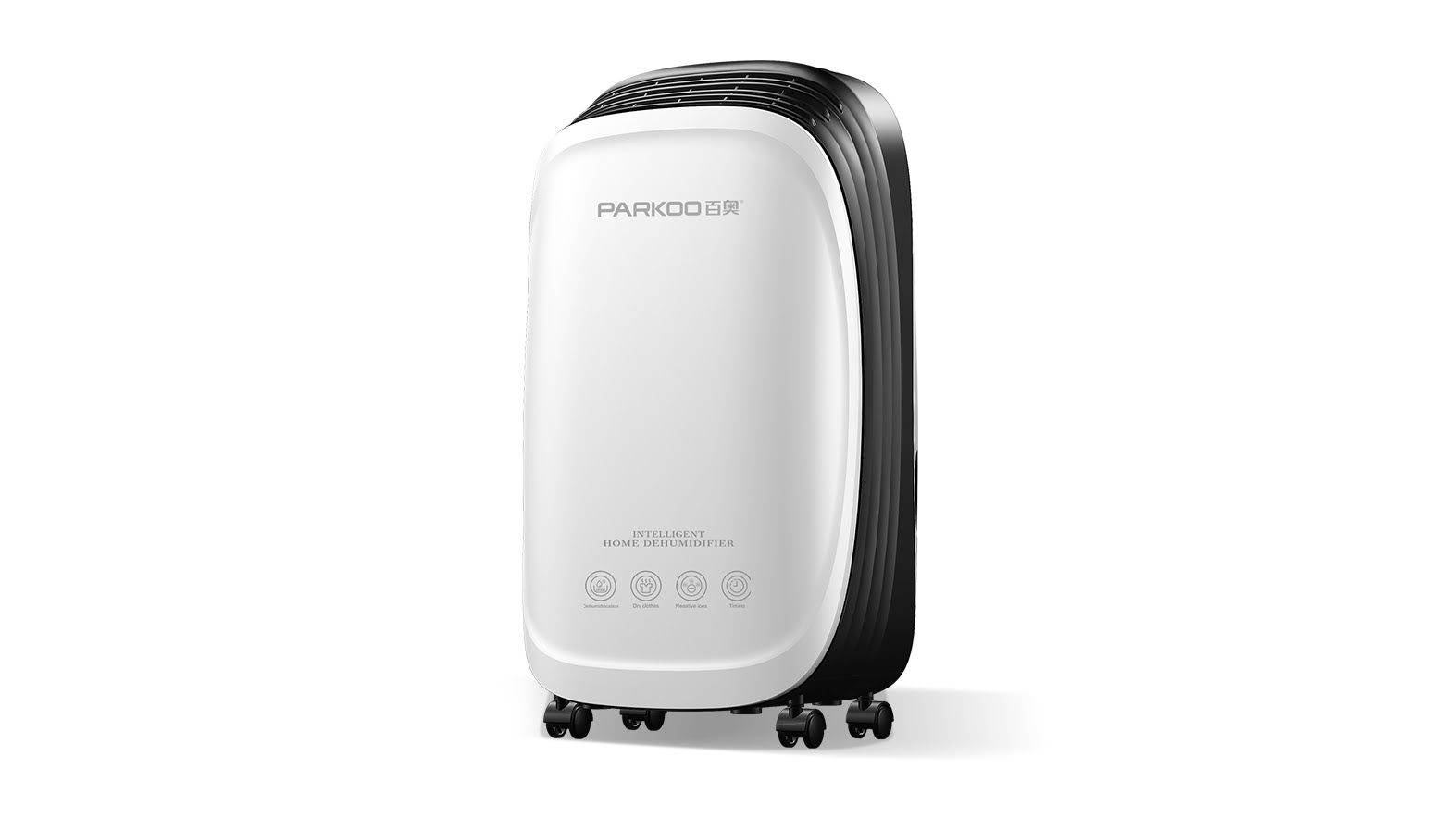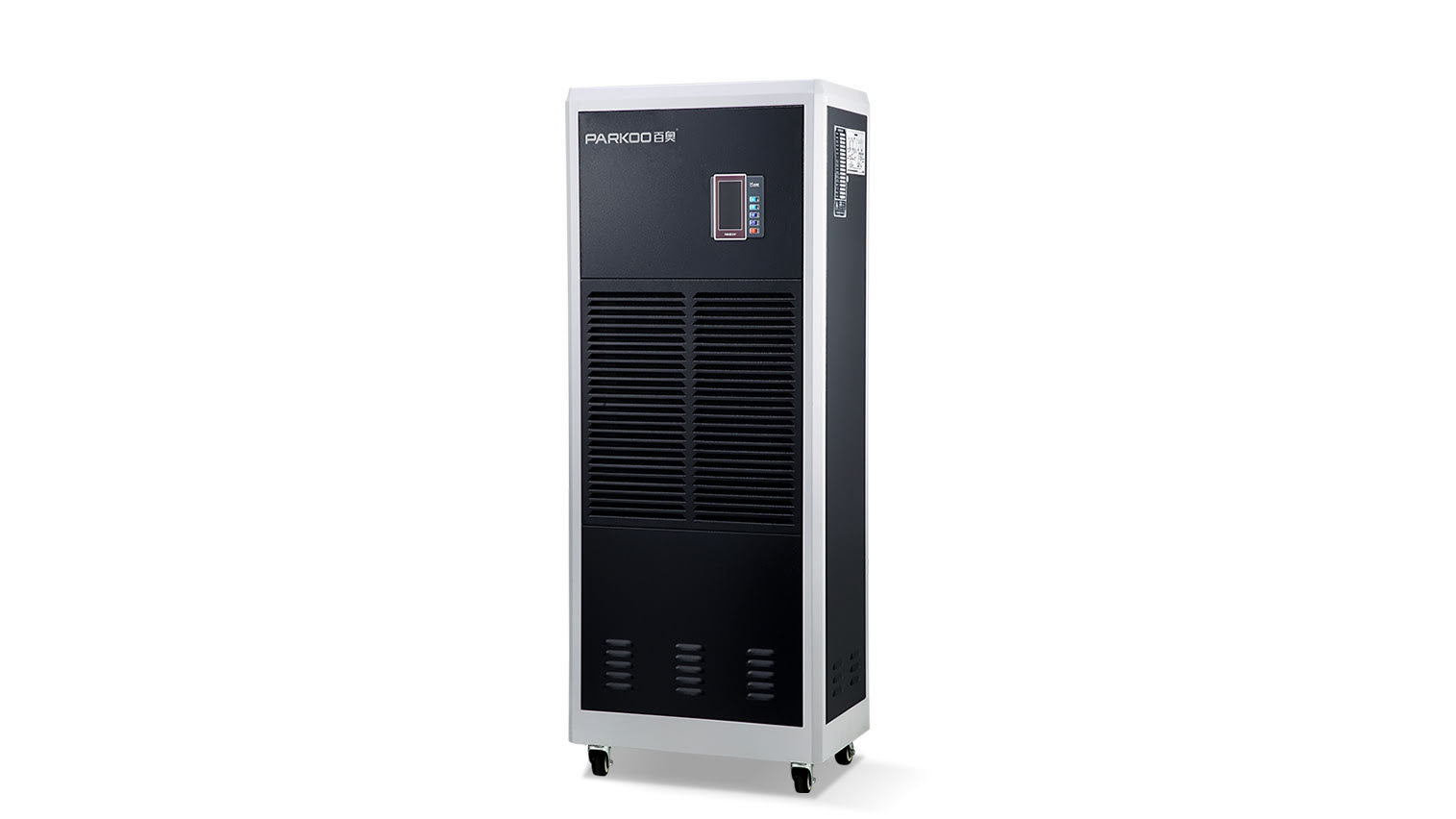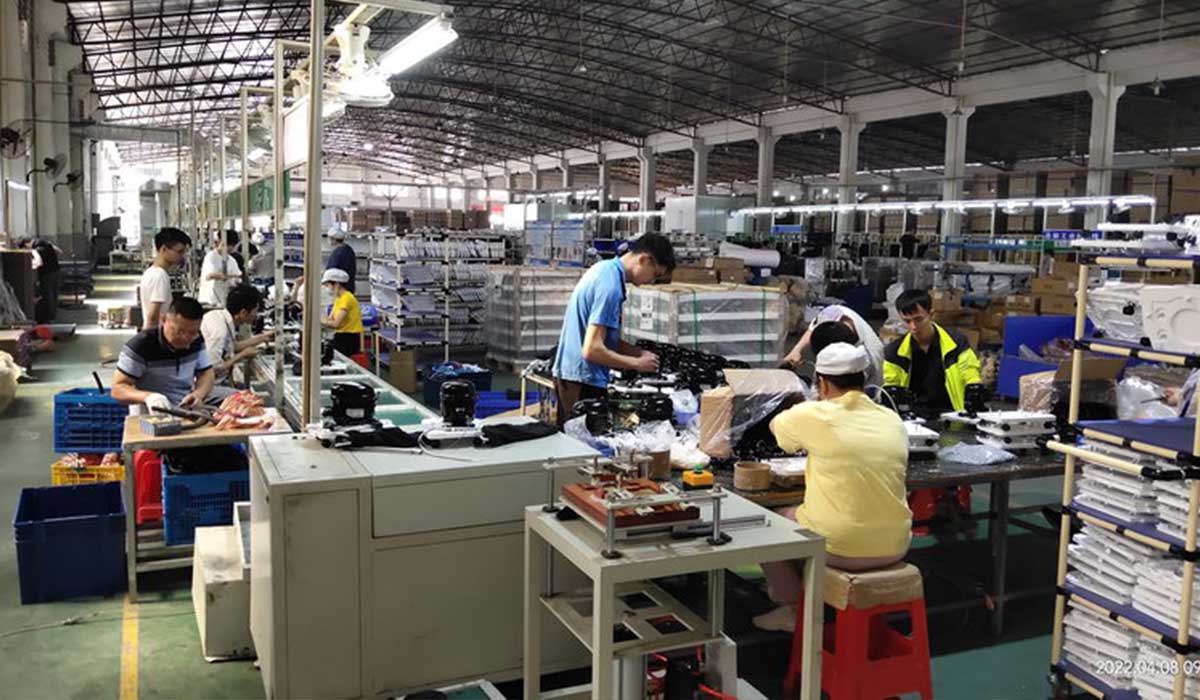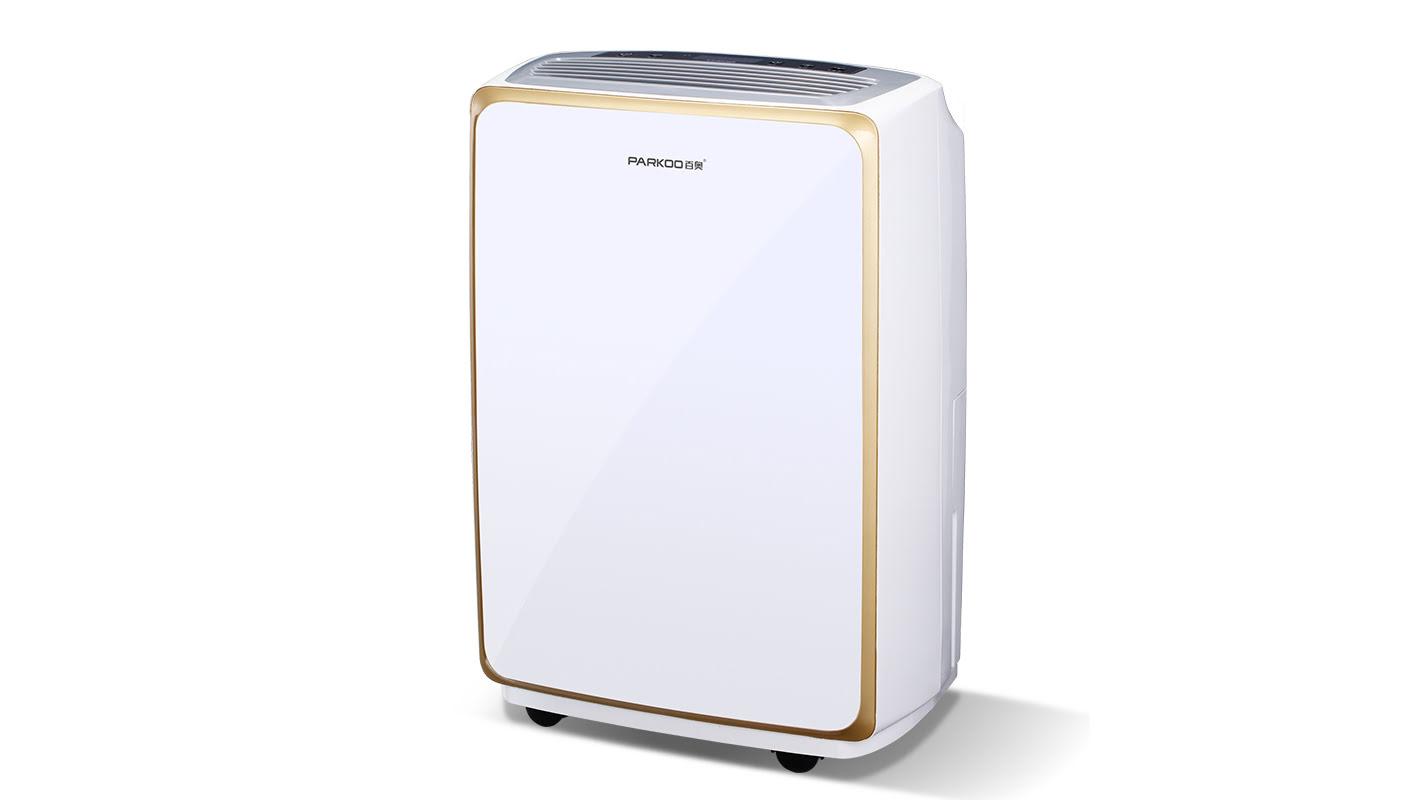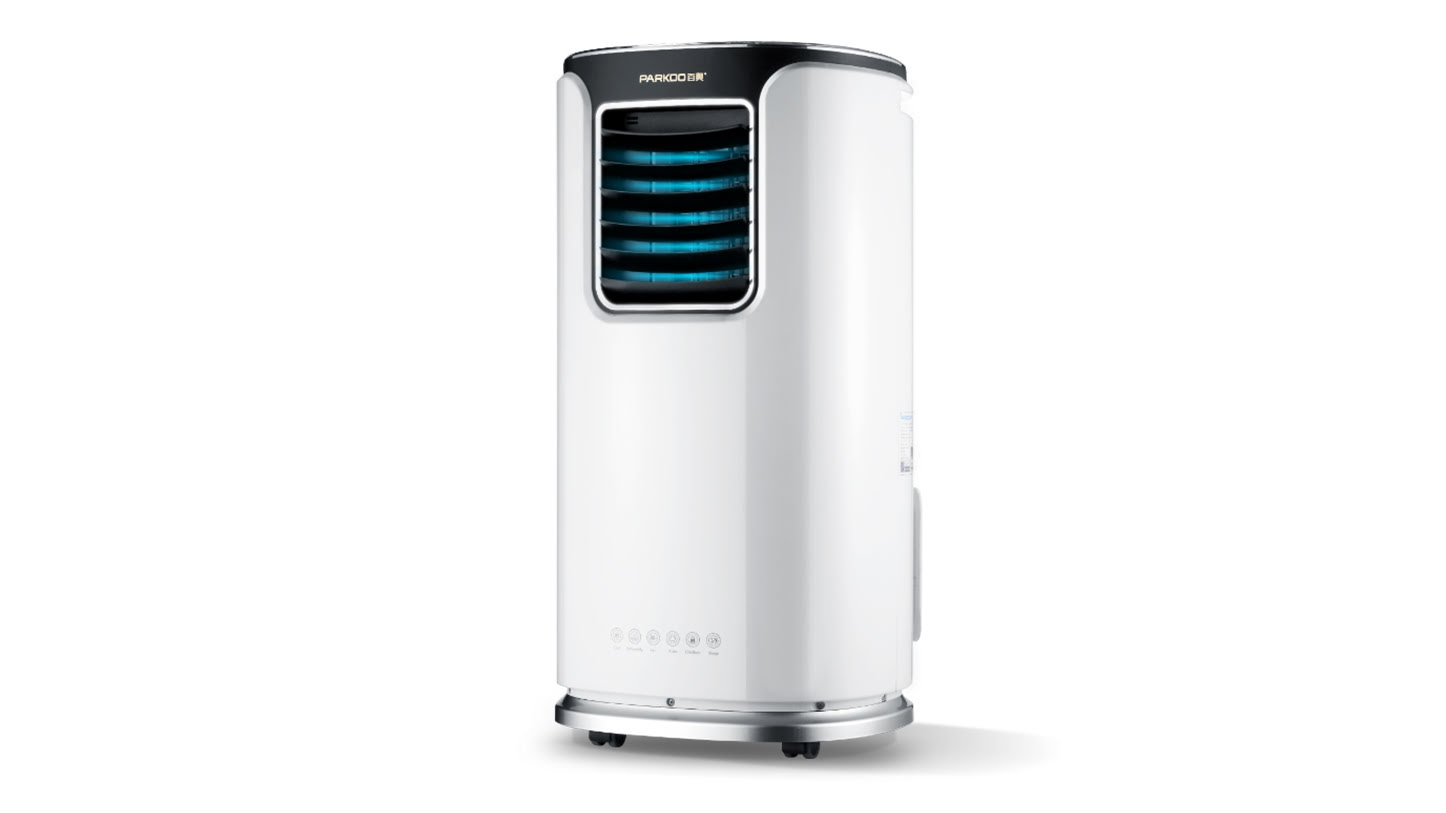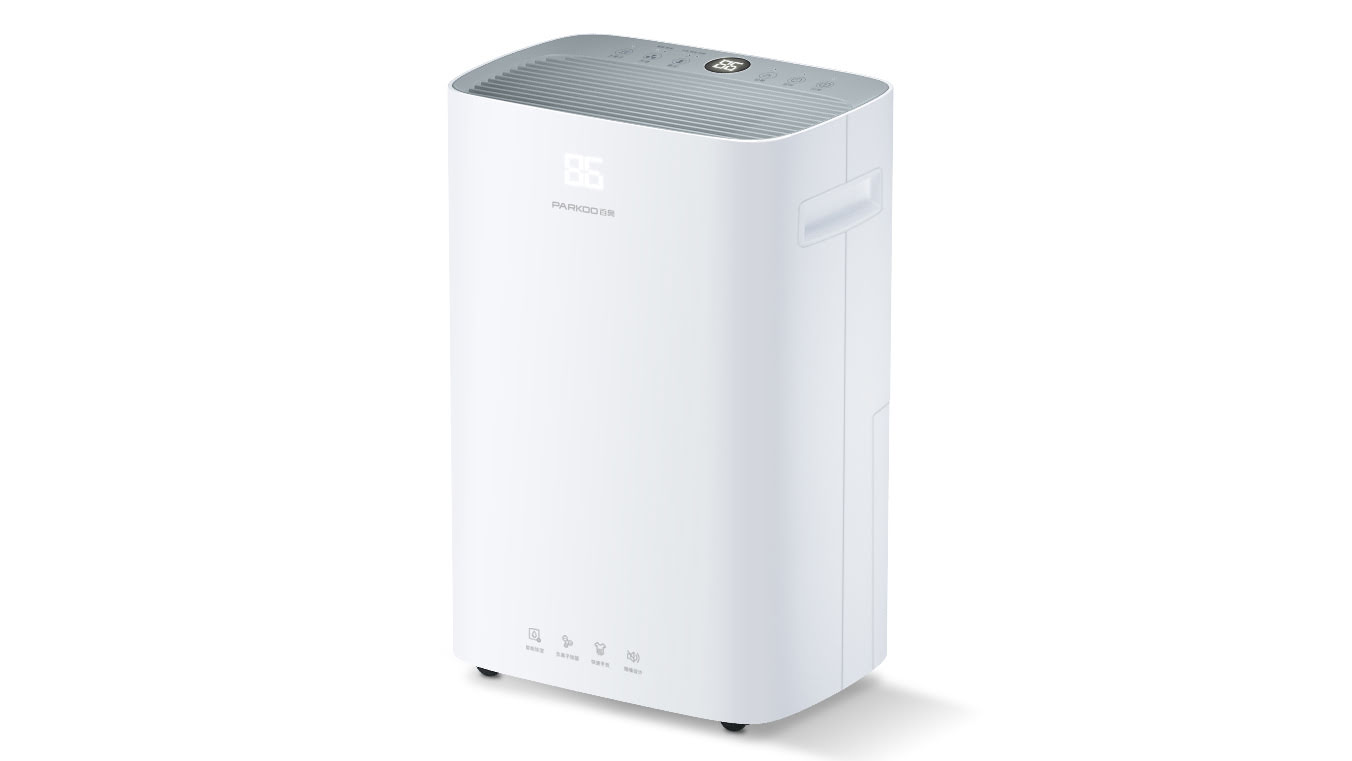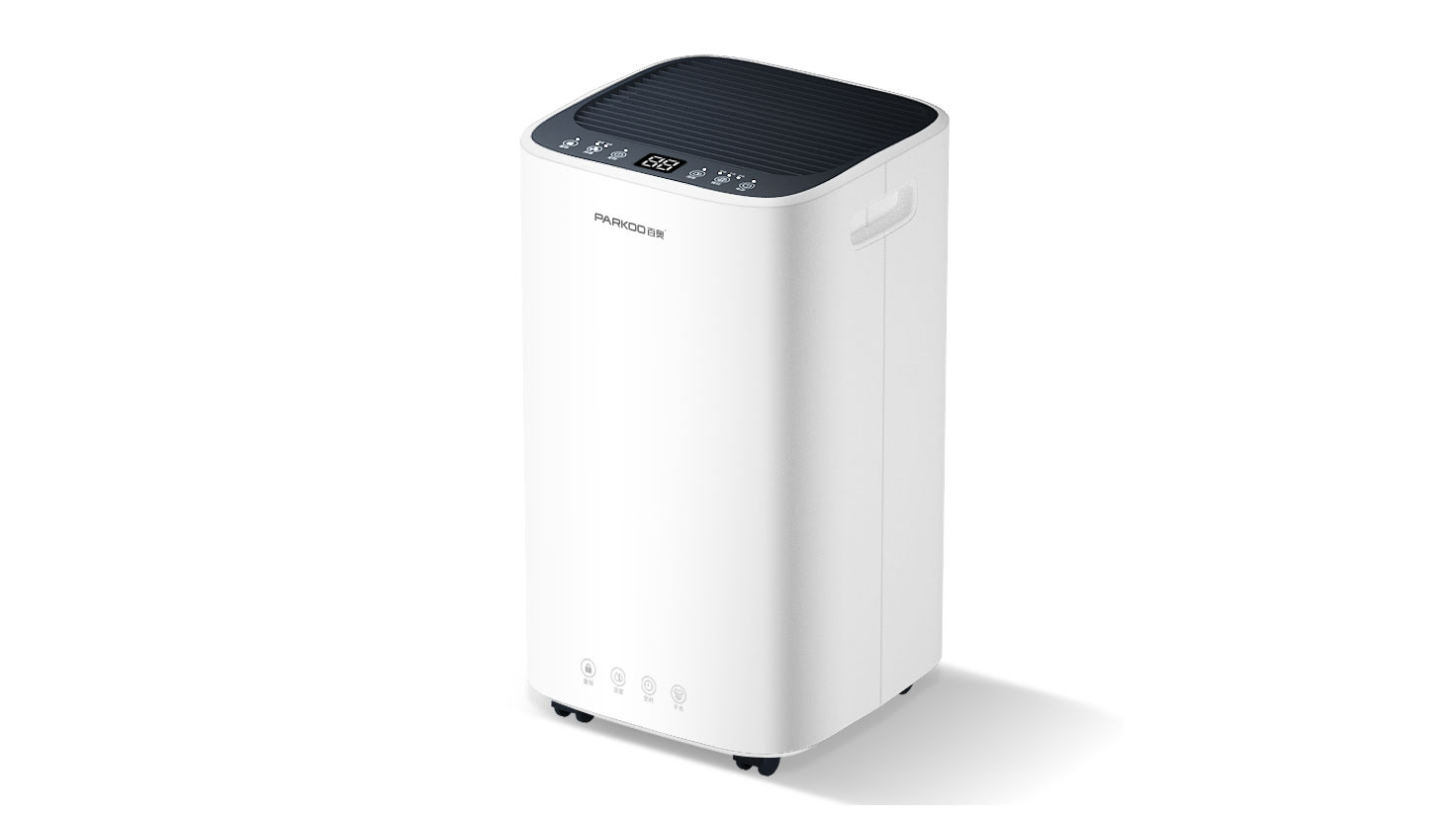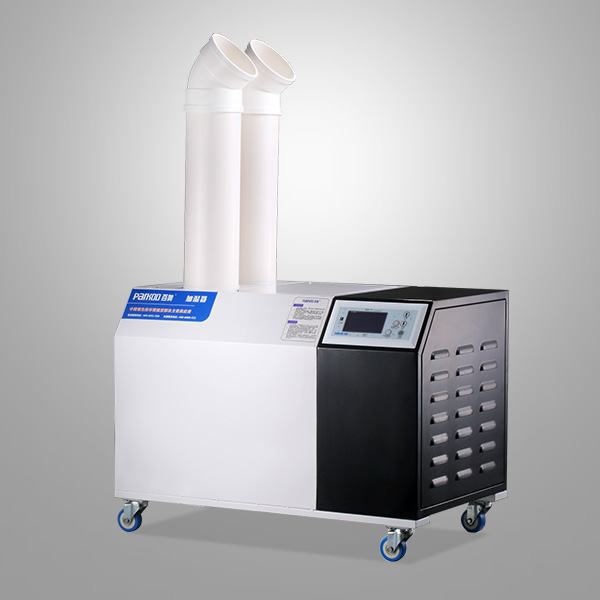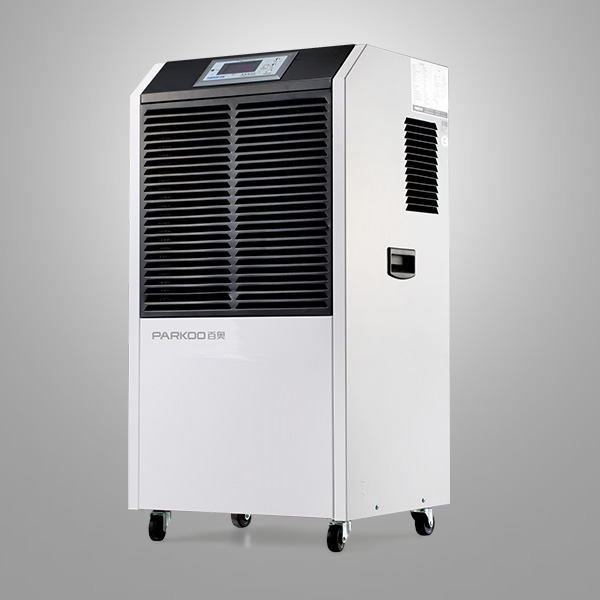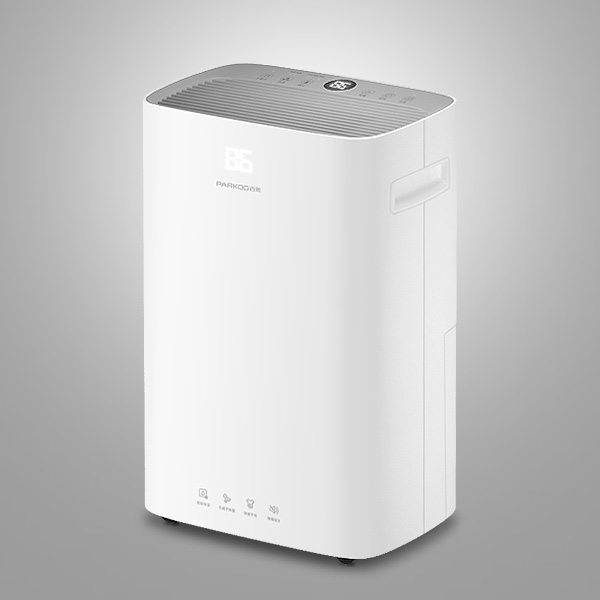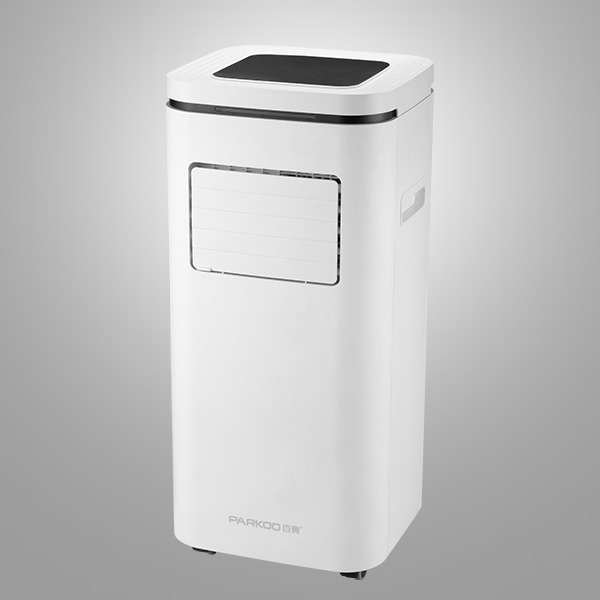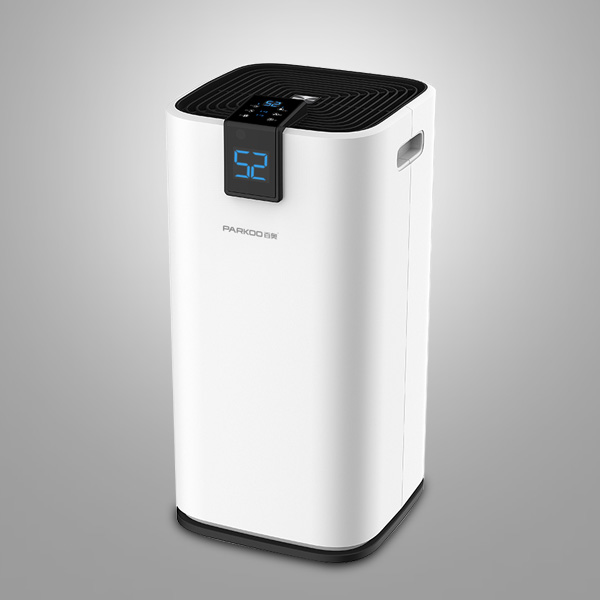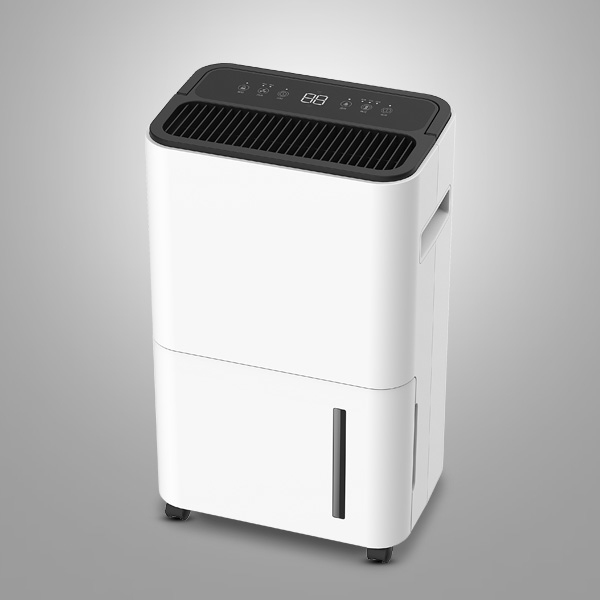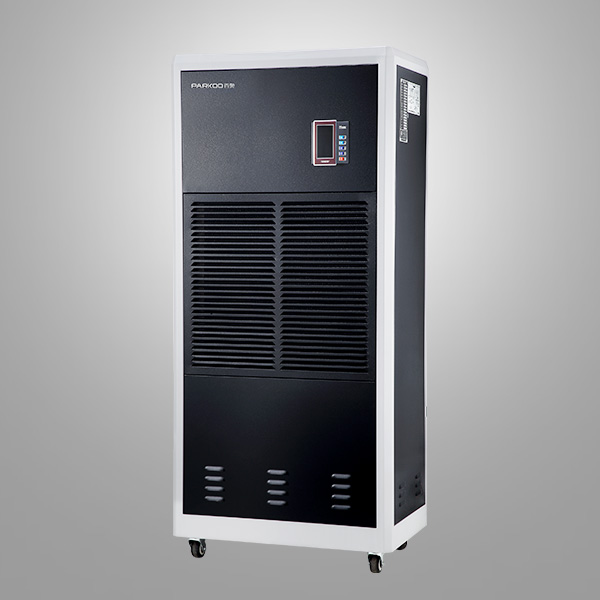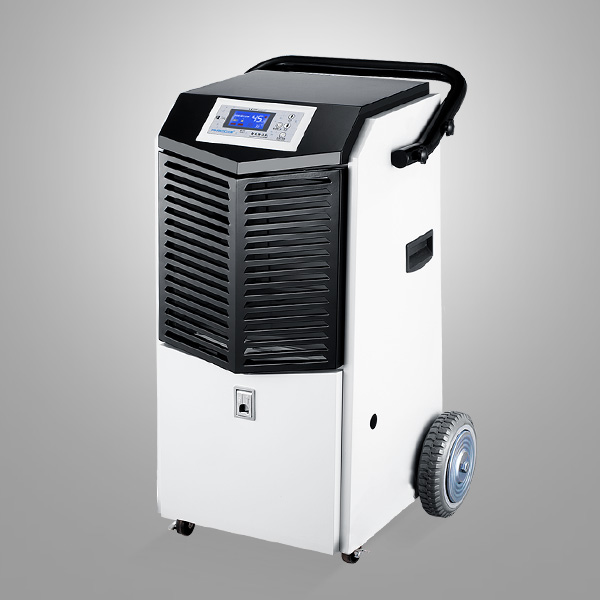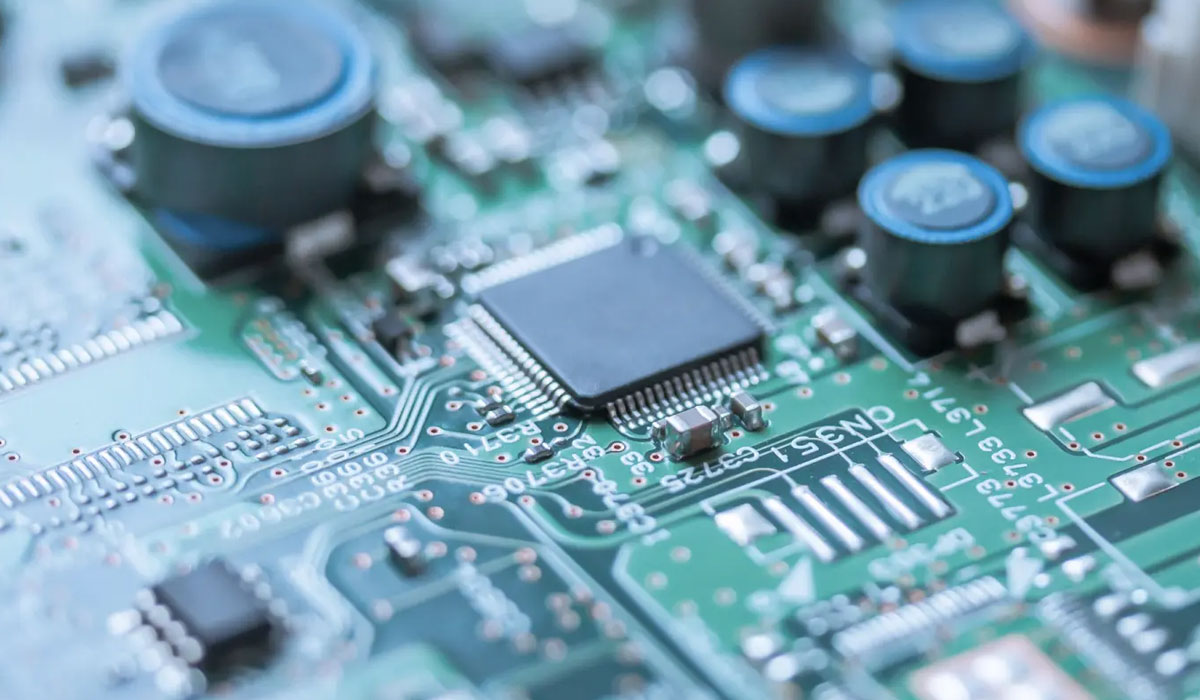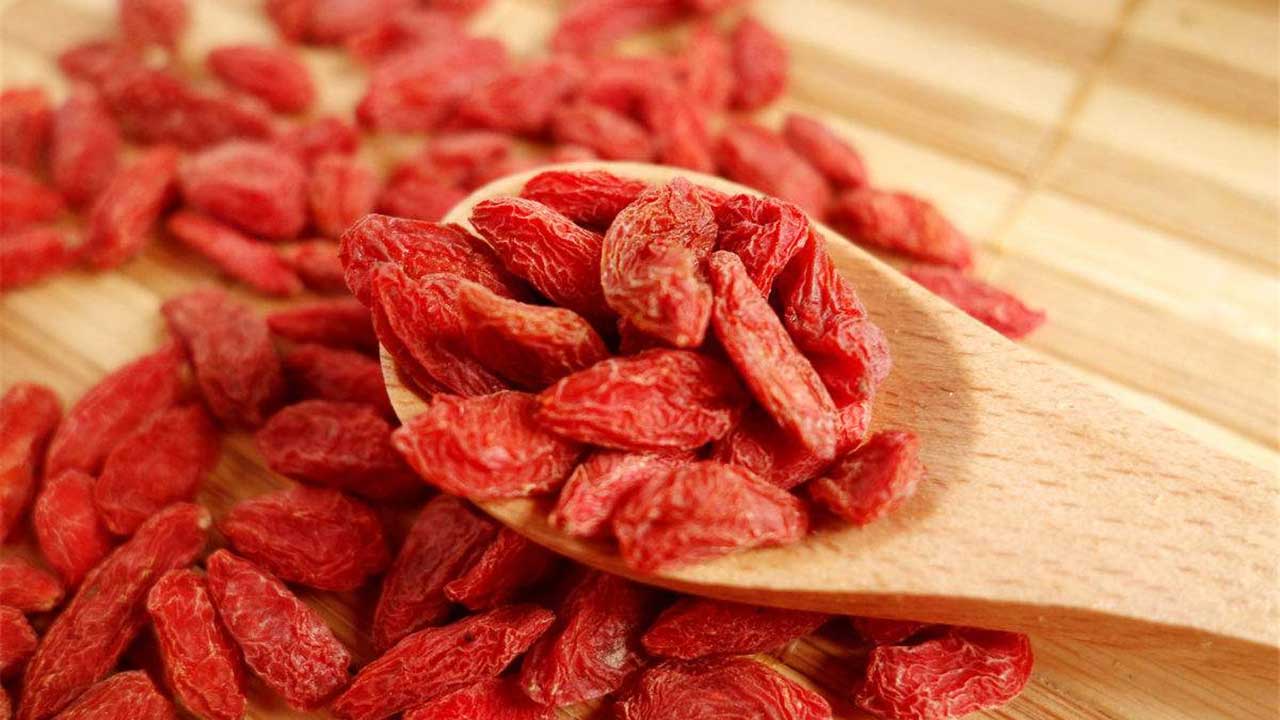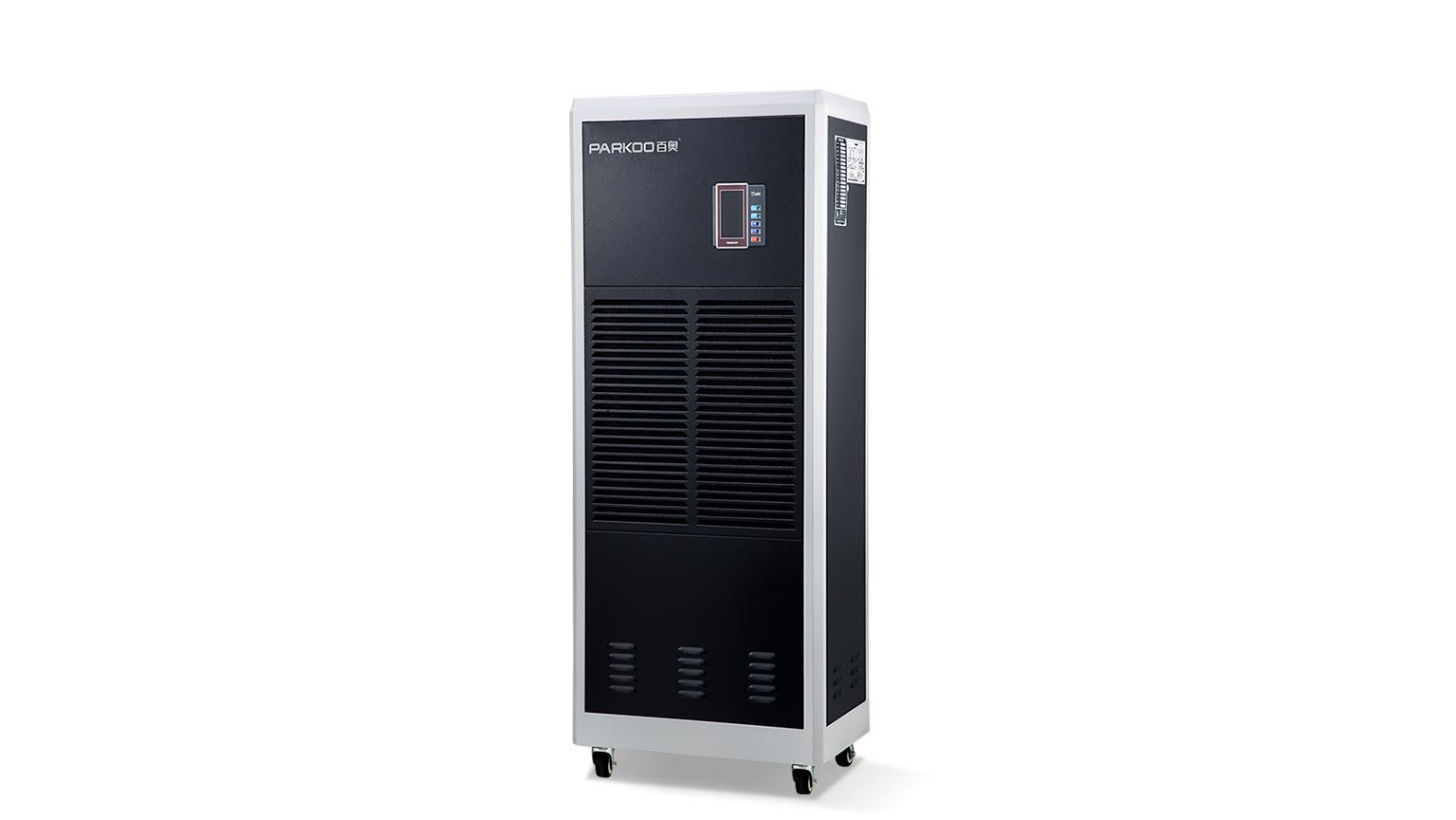For a long time, people have been striving to find effective methods to prevent moisture, mold, and corrosion, in order to solve the problem of safe storage of items. Focusing on controlling environmental moisture, controlling the relative humidity of the environment to around 50% can ensure the safe storage of the vast majority of items. In order to achieve this goal, people have adopted various drying methods. There are three traditional methods, namely high temperature dehumidifier, low temperature Dehumidifier and moisture absorbent dehumidifier
1. dehumidification and moisture-proof methods:
1. High temperature dehumidification method: High temperature dehumidification mainly uses heating methods for drying and dehumidification, such as various electric and far infrared drying ovens, ovens, etc. Due to high working temperatures, items composed of organic materials can be destroyed, and at the same time, heat treatment effects can occur on metal materials, altering their properties and causing damage. And long-term continuous heating is also unrealistic. Therefore, as a long-term safe storage item, high-temperature dehumidification is not adopted
2. Low temperature dehumidification method: Low temperature dehumidification mainly uses refrigeration refrigeration refrigeration dehumidification, and its working principle is to reduce the surface temperature of the condenser through refrigeration devices, causing the water in the air to condense and condense on the condenser, and then drip out to remove it. Any method of removing moisture from the air of a sealed space in this way to reduce humidity is considered low-temperature dehumidification. Freeze dehumidification is currently the most effective, safe, and economical dehumidification method
3. Vacuum drying method: Vacuum the air inside the drying cabinet to achieve the purpose of removing moisture. Composed of a box and a vacuum pump. Due to vacuum pumping, there are high requirements for the box and door to withstand atmospheric pressure and seal. Compared to the external dimensions of the box, the internal effective usage space is small. And it can only be achieved in small containers, requiring pressure reduction during use, which is inconvenient and expensive to purchase. The application scope is very small
4. Moisture absorbent dehumidification method: Generally, silicone gel is placed in a sealed container for dehumidification. The disadvantage is that when the moisture absorbing agent is saturated, it needs to be replaced or manually dried for regeneration, and the long-term maintenance work is quite complicated; More importantly, due to the difficulty in accurately predicting the saturation time of the moisture absorbing agent, the exact humidity inside the container cannot be determined based on the degree of discoloration of the silica gel, thus preventing timely and appropriate replacement of the moisture absorbing agent
Secondly, the occurrence and harm of molds:
1. The occurrence of molds is extremely diverse, including Ascomycetes, Algiformes, Imperfect Fungi, etc. in the phylum Fungi, among which more than 40000 species have invasive effects on industrial materials.
. The spread of mold mainly relies on spores, which are small powder like and difficult to observe with the naked eye. Spores are ejected from molds, and due to their small size and light weight, they float around with the movement of air currents, dust, and human and object movements. Once encountering a suitable environment for development, it can be propagated and passed down, commonly known as moldy growth2. Conditions for mold growth in items: 1) Humidity: When the relative humidity of the environment exceeds 60%, mold can grow. When the RH is greater than 65%, growth accelerates, and when the humidity reaches RH80-95%, it is a high incidence environment for mold. 2) Temperature: The mold Mycelium can grow at an ambient temperature of more than 8 degrees Celsius, and the growth is accelerated at a temperature of more than 12 degrees Celsius. When the temperature is more than 10 degrees Celsius, and the humidity is more than 60%, the mold can cause harm to articles. When the temperature is between 20-35 degrees Celsius and the humidity is between 75-95%, mold can exhibit explosive growth
3. The occurrence and harm of metal oxidation corrosion The process of metal oxidation corrosion is the process of electrochemical reactions caused by moisture and oxygen in the air. Scientific research has proven that the critical relative humidity of air for metal oxidation and corrosion is 70% for steel, 60% for copper, 76% for aluminum, 63% for iron, and 60% for zinc. When metal is stored in an environment above this critical value, the rate of oxidation and corrosion continues to accelerate with the increase of relative humidity in the air
